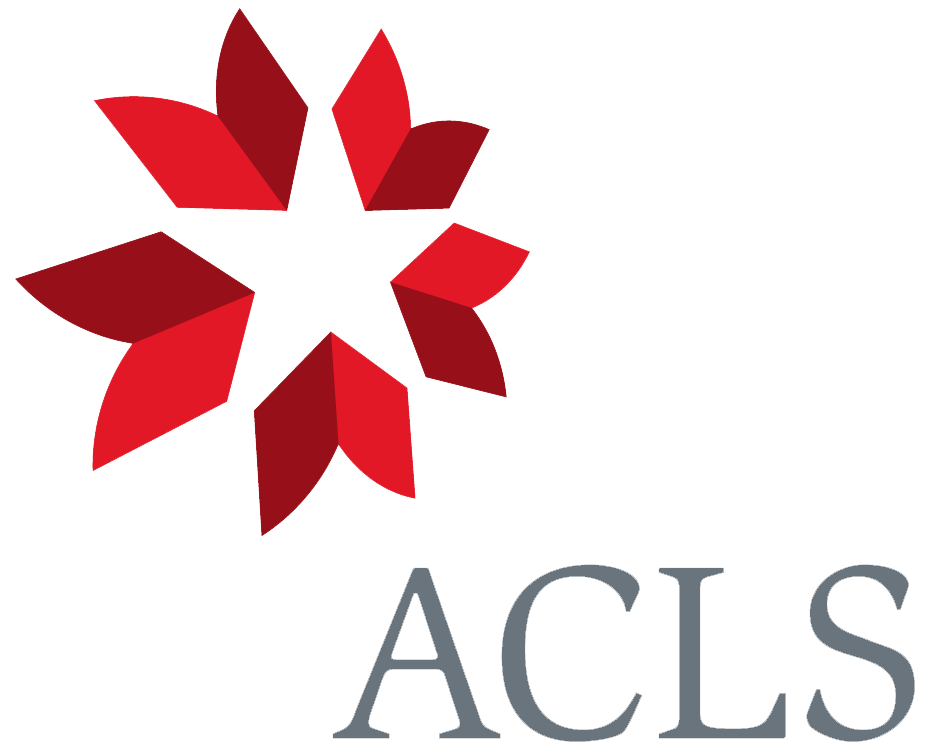Questions for Mr Wynne [February–July 1838]1
Questions for Mr Wynne2
Are offspring like fathers or mothers? How are real nipples.
Is a peculiarity which has long been in blood more easily transmitted, than a newly acquired one?
Does the peculiarity adhere in geometrical progression, in proportion to no of generations
When old variety is crossed with new; or natural one with very artificial one as shepherd dog with Italian Grehound do offspring partake more of the natural than artificial kind?—
When wild animal crossed with tame does offspring favour the former. fox with dog?.—
About sporting in pack of Hounds: how much selection??3
Is a breed of half bred animals more subject to variation, than either parent stock? is unusual care required to keep breed constant.
Superfœtation cases of?.—
Idea of beauty in animals: do females prefer certain males? or vice versâ.—when in a flock.—
When healthy & unhealthy4 animals or men crossed do offspring partake more of former or latter?—
Effects of habit on form.—in men as in trades.
Could you get race horse from carthorse without training?
If horses temper soured, could be handed down.—
if temper cowed in horse or dog or cock, hereditary.—
Case of Malay fowls.—habits?
Cross of Chinese pigs, are they intermediate in form, as in dogs.— does Mr Wynne believe in dogs
Cases of hereditary monsters? of accidental mutilations being hereditary.
Case of heterogeneous offspring, in fowls, pidgeons, rabbits.—if race horse & cart horse be crossed, will offspring be constant.—
Effects of crossing stocks with different constitutions?—
If bull-dog be crossed with greyhound are they as prolific as rather nearer breed— But Are the mongrels prolific.
Breeding in & in Infertility, & loss of passion?? in Male?
What would effect be of one brother & sister taken to one country, one pair to other & made different. Would not the cousins cross. No because both would be bred [in] & in.⇒now the rule is to pick out opposed animals, ie. animals which have each acquired peculiarities.—
Is there not some strange fact about twin calfs, one being neutral. how is it with animals are sexes always same in twins why.5
Are all or some only of cross-bred animals more prolific??6
Footnotes
Bibliography
Barrett, Paul H. 1974. The Sedgwick–Darwin geologic tour of North Wales. Proceedings of the American Philosophical Society 118: 146-64.
Correspondence: The correspondence of Charles Darwin. Edited by Frederick Burkhardt et al. 29 vols to date. Cambridge: Cambridge University Press. 1985–.
Freeman, Richard Broke. 1977. The works of Charles Darwin: an annotated bibliographical handlist. 2d edition. Folkestone, Kent: William Dawson & Sons. Hamden, Conn.: Archon Books, Shoe String Press.
Notebook C. See de Beer 1960; de Beer and Rowlands 1961; de Beer, Rowlands, and Skramovsky 1967; Notebooks.
Summary
Questions on breeding and habits.
Letter details
- Letter no.
- DCP-LETT-399
- From
- Charles Robert Darwin
- To
- [–] Wynne
- Sent from
- unstated
- Source of text
- DAR 206: 42
- Physical description
- ADraft 2pp † (by CD)
Please cite as
Darwin Correspondence Project, “Letter no. 399,” accessed on 20 April 2024, https://www.darwinproject.ac.uk/letter/?docId=letters/DCP-LETT-399.xml
Also published in The Correspondence of Charles Darwin, vol. 2


